From the lochan-sparkled moors of Wester Ross to the wild expanses of Glen Dye in Aberdeenshire, Scotland has it all – as far as Keith Broomfield is concerned.
However, the nature writer decided to spread his wings for his latest book and explore all corners of Britain – from Cornwall to Caithness.
It follows on from Keith’s 2022 book, A Scottish Wildlife Odyssey, which saw him travelling round Scotland in a caravan for five months while he carried out his research.
His new book – Wild Quest Britain – publishes this week, and promises a feast of spellbinding encounters, with everything from dancing brimstone butterflies, “magic” rainbow seaweed, secretive sand lizards, mysterious sea slugs and fantastic fungi taking centre stage.
Inspiration
So what inspired Keith, who’s based in Strathdevon, Clackmannanshire, to pen his third tome?
“It was in many ways an obvious progression from A Scottish Wildlife Odyssey, although the idea at first was to make it a travel journey through England,” he explains.
“The seed-corn of the idea was from the publisher, Tippermuir Books, and when it was first suggested, I was unsure and a little bit daunted because of the scope of the journey and the fact it would be taking me outside my comfort zone, visiting areas of Britain I had never been to before.
“But the more I thought about it, the stronger the inclination became to throw borders aside and make it a wildlife travel journey through the island of Britain.”
South to north
Starting at the southernmost point of the mainland – Lizard Point in Cornwall – Keith slowly worked his way northwards in a zig-zag fashion, finishing a year later at Dunnet Head in Caithness, the northernmost point.
While his book describes some of the amazing wildlife he encountered, and is essentially a celebration of nature, it also highlights many of the threats our environment faces.
“For such a small geographical area, Britain packs an almighty punch when it comes to wildlife,” he muses.
“It’s home to an incredible and dazzling array of flora and fauna, both on land and in the sea.
“The problem in writing the book was that there were so many wonderful places that could potentially be visited, so it was challenging to decide where to go and what areas to write about.”
More than 30 counties
Visiting more than 30 counties on his south to north journey, Keith stresses that each place, without exception, had its own special “transfixing allure”.
He especially liked Cornwall and Devon, and Pembrokeshire in Wales, where he was blown away by the stunning coastal scenery.
A year of exploring threw up some surprises, and among the most unusual was a spectacular bright blue seaweed called rainbow wrack. Keith came across this when he was snorkelling off the Jurassic coast of Dorset.
Magic seaweed
“I had never seen anything like it before!” he enthuses. “It’s natural engineering at its most incredible – ingenious, complex, with a resultant beauty that sends the mind spinning.
“Rainbow wrack is also known as magic seaweed – an entirely appropriate name, for this is sorcery of the highest degree.”
Glen Dye
In Scotland, Keith was mesmerised by what he describes as the “wild secrets” of Glen Dye in Aberdeenshire.
Having lived in Aberdeen for many years, the glen was a place he had always loved, and he found returning to it hugely rewarding.
“I fell completely head over in heels in love with the area,” he says.
“It’s hard to describe what cast the magic spell, but I think it was its unremarkable first impression that was so attractive.
“The Glen Dye area certainly doesn’t have the grandeur of scenery of the nearby Cairngorms, but it was this normality that appealed.
“Over the years, as I explored its wild secrets, I had some marvellous wildlife encounters, including with displaying black grouse, hen harriers, merlins and mountain hares.”
Wild santuary
The glen was also a special place – a wild sanctuary – to which Keith retreated during times of stress, finding that it acted as a “comfort blanket”.
“We should always remember that nature is a great soother and so very important for benefiting our mental health,” he says.
“When I moved from the north-east, I was reluctant to return to the glen because my adoration for the place was so overwhelming. There was an innate fear that a revisit would disappoint and fail to meet expectations.
“Fortunately, for my British wildlife journey, I pushed aside such irrationality and mustered the courage to explore its wild expanses once more.”
Sanderlings in Fife
Another highlight was encountering sanderlings – small waders – in Largo Bay in Fife.
These enchanting birds spend every winter here after breeding in Greenland.
Keith took great joy watching the birds as they dodged the surf on “pattering feet”.
He elaborates: “Up and down the shore at Largo Bay they skipped, snapping up tiny crustaceans and worms that had been revealed by the crashing waves.
“They were like confetti in the wind, dancing and jigging, and spiralling momentarily up into the air on quick-flashed wings.”
Mesmerising landscape
Wester Ross, with its soaring mountains, atmospheric glens and beaches, also featured in his travels: Keith has long adored the region, especially Assynt and Sutherland.
“There’s something mesmerising about the landscape and the wonderful tops of Suilven, Stac Pollaidh, Canisp and Quinag, and the abundant flora and fauna of the area.
“I’ve watched whales and dolphins off the coast, encountered white-tailed eagles in sea lochs, and watched greenshanks, and red-throated and black-throated divers on the lochan-sparkled moors.”
Caithness
Finishing his journey at Dunnet Head in Caithness, Keith arrived there in sea mist, or haar.
“It tantalisingly ebbed and flowed, intermittently covering the cliff faces that bounded the Pentland Firth and it was truly uplifting,” he recalls.
“By my side prospered a clump of thrift, the flowerheads yet to burst forth with their pink-frilled blooms.
“When I began my journey at Lizard Point more than 900km further south at about the same time the previous year, thrift was already in full flower, underlining the scope of geography and natural variation that lies at the heart of Britain.”
What did Keith learn?
So what did he learn from his year-long experience? There were two main things, he says.
The first was the number of species that had colonised southern Britain from Continental Europe in recent times.
“There were species such as Cetti’s warblers, little egrets, cattle egrets and great white egrets, glossy ibis and cranes, all of which I encountered – but that would have been unthinkable to see when I was a child.
“Much of this is down to climate change, but part is also down to conservation strategies throughout Europe, which have helped some species grow in numbers, albeit from a low base.
“Wildlife doesn’t recognise arbitrary national boundaries as created by humanity, and that is why conservation measures must always be implemented on an international scale, so that breeding and wintering grounds for birds are protected, as well as their stopover points on migration.”
Importance of seas
The other point that hit home to Keith was the importance of the seas around our coasts.
“Nowhere in the British Isles is far from the coast and it is the sea that warms our shores and drives the weather, creating a wonderfully rich environment,” he says.
“As I made my wildlife journey, I was continually drawn to the sea and its marine life.”
Wintering ground
His travels also made him acutely aware of the importance of Scotland as a wintering ground for many Arctic birds such as geese and waders.
“Warmed by the North Atlantic Drift current, Scotland enjoys a relatively benign climate, despite our northerly location, and with our rich coastal mudflats, firths and estuaries, it’s a haven for many migratory birds – and that’s why the protection of such areas is so important,” he says.
Nature-depleted
However, Keith says that Britain as a whole is “much impoverished” when it comes to nature – and cites a recent study that revealed the UK is one of the world’s most nature-depleted countries, with, on average, about half its biodiversity left.
That is far below the global average of 75%.
“There are polluted rivers, creeping urbanisation, overgrazing on our uplands, and loss of meadows and woodlands, and so many other environmental issues,” he laments.
“Climate change is negatively impacting our seas and air pollution is hitting human health. The problems are immense and urgent action is needed to address them.
“Nature is incredibly resilient and will thrive if given the chance to do so – but it must be given that opportunity.
People power
“On the positive side, nature and the wider environment has become a topic of great interest and passion for many, which means that the irrepressible force of ‘people power’ has the potential to drive the change that is needed.
“Yes, we need to farm to ensure there is food on our plates, and people need economic security, but all that can be achieved without detriment to nature if the correct measures and regimes are put in place. Without nature, we are nothing.”
Delved deep
Keith “quite deliberately” chose to visit some areas that could be described as unremarkable on first impression, but when he delved deep, he found there was a wealth of wildlife interest to be discovered.
This included invertebrates and fungi, which he says don’t have the same star-billing perhaps as more spectacular species, such as dolphins or puffins, but are equally fascinating.
Ultimately, he hopes his book will encourage readers to look more closely at the environment around them.
- Wild Quest Britain, Keith’s third nature book, is due to be published this week and can be ordered from Tippermuir Books, tippermuirbooks.co.uk It’s also available from other online sellers and in good bookshops.
- His first book, If Rivers Could Sing, was shortlisted in Scotland’s National Book Awards 2021. Keith writes a weekly column for The Courier.
- Read more about his second book, A Scottish Wildlife Odyssey, here.
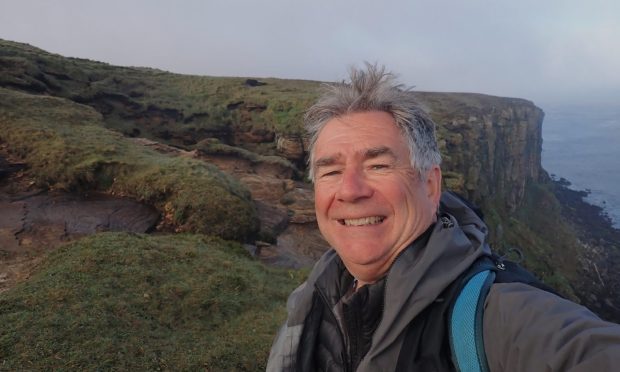
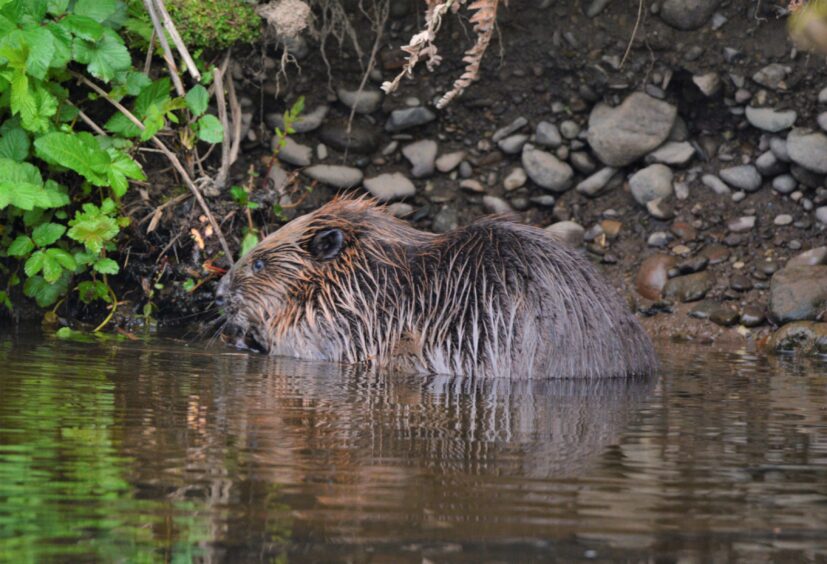

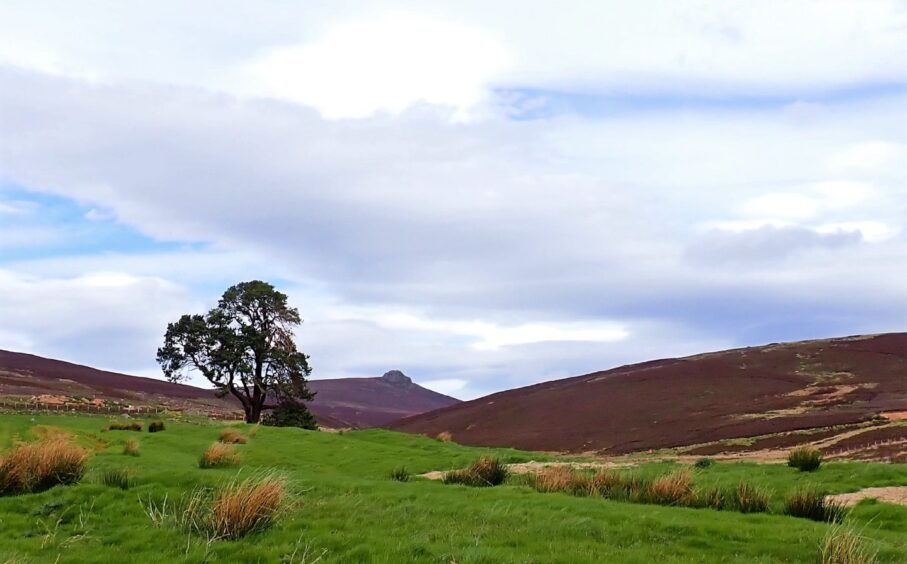
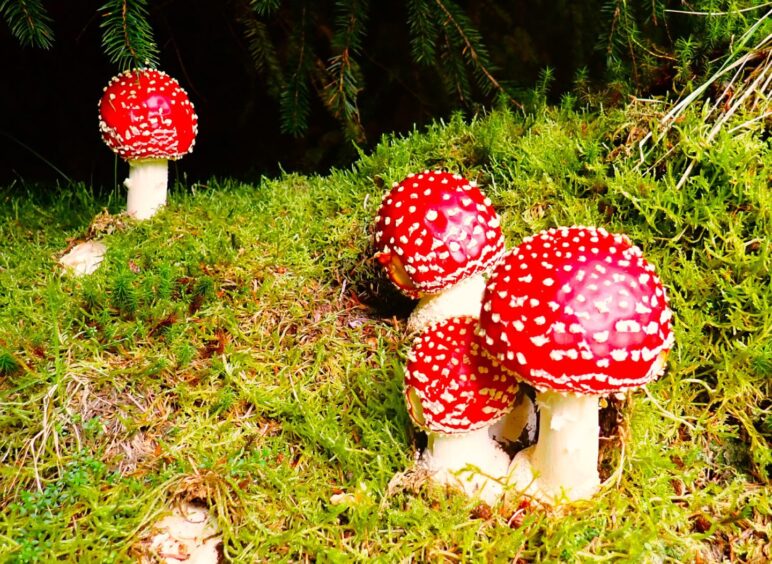
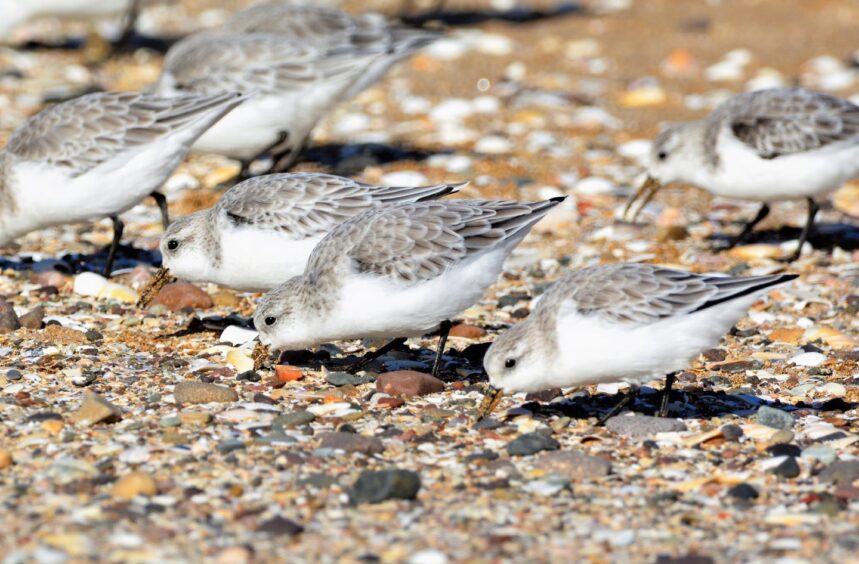


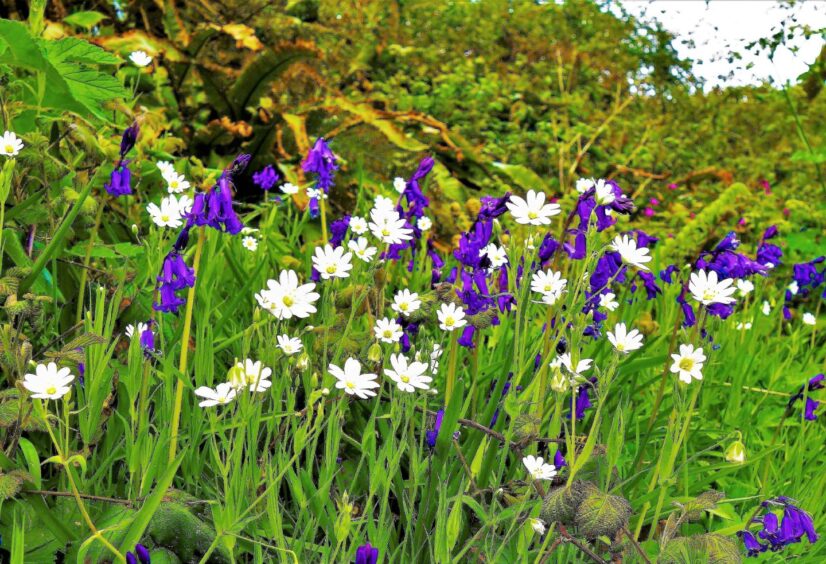
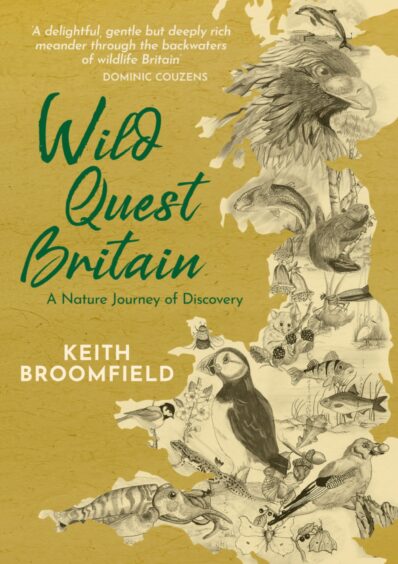










Conversation